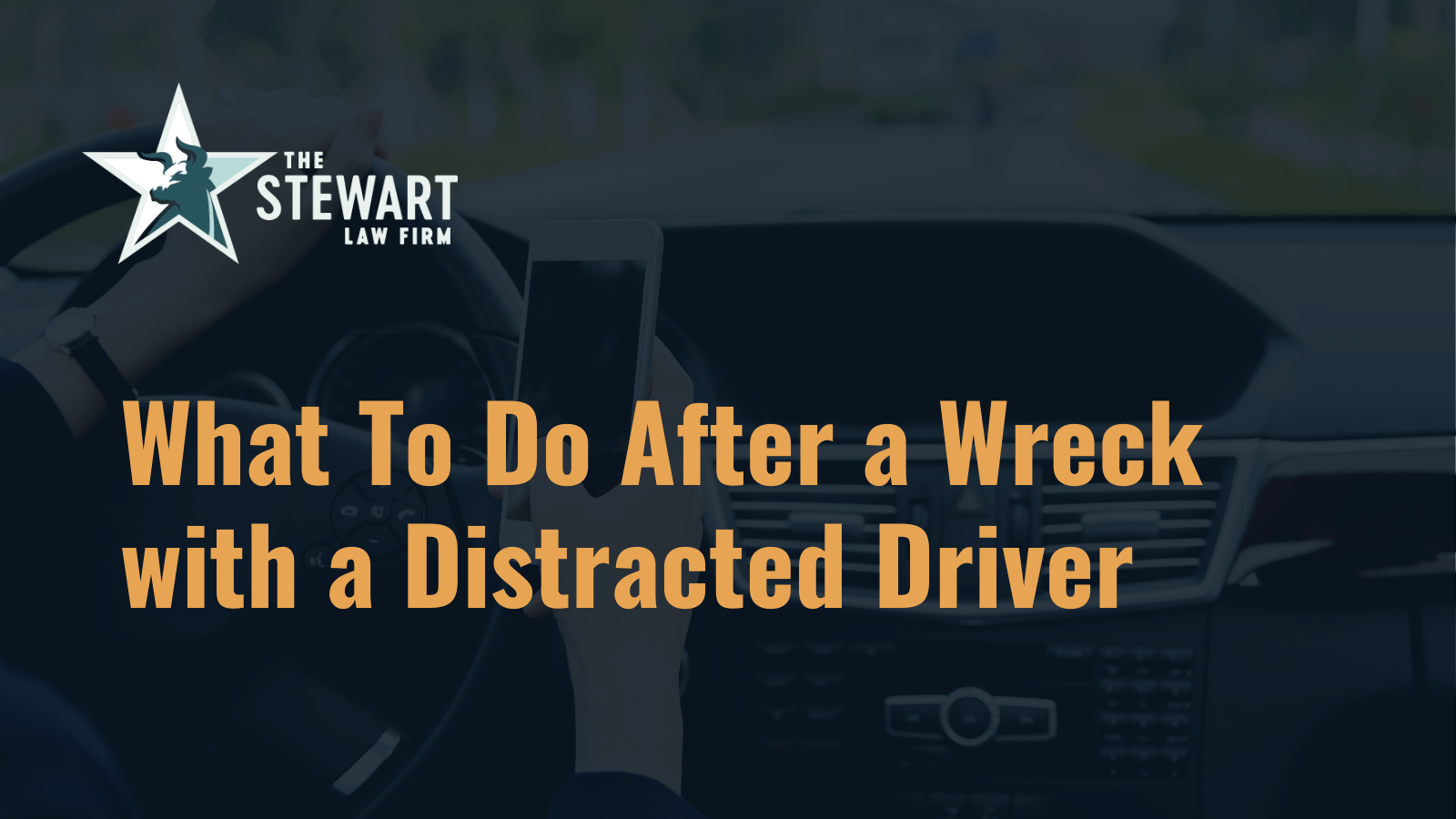Pedestrian accidents can be some of the most devastating traffic accidents on our roads.
Pedestrians have virtually no protection against motor vehicles. Victims commonly suffer severe injuries, especially when high speeds are involved.
In these types of accidents, one might think that the vehicle’s driver is automatically at fault, but this isn’t always the case. There are incidents where pedestrians are responsible.
At our Austin-based Stewart Law Firm, we have some of the best personal injury lawyers that can help you navigate an accident with a pedestrian. In this blog, we will cover how a pedestrian can be responsible for their injuries.
Personal Injury Law Basics
Personal injury law affords victims the right to hold the party responsible for causing their accident liable for their damages, including medical bills, lost income, pain and suffering, and more.
Personal injury claims are based on proving negligence. Proving negligence means that for a victim to recover their damages, they will need to show that another party – commonly a driver in pedestrian accidents, but not always – committed an act of negligence that more likely than not caused the accident and injuries.
So what is negligence exactly? Negligence is when you have failed to take proper care in your actions or follow the applicable traffic laws.
Negligence in Pedestrian Cases
Negligence is not a one-way road, however, and pedestrians can undoubtedly be responsible for causing or contributing to an accident.
Pedestrian negligence can happen when a pedestrian fails in their legal duty to conduct themselves in a manner that does not create unreasonable risks and follow the road rules.
Some examples of this could include:
- If a pedestrian tries to cross a busy street outside of a crosswalk
- Disobeying walk signals
- Darting in front of vehicles
- Entering and disrupting the flow of traffic
When a pedestrian’s negligence contributes to a crash, it becomes essential to work with experienced lawyers who can thoroughly investigate the situation and determine if an injured pedestrian still has the legal right to pursue compensation for their damages.
Modified Comparative Negligence
Texas also follows the modified comparative negligence law. Comparative negligence means that there are rules in place in which fault may be split among the parties involved.
However, this law in Texas has a caveat of a 51% bar. This bar limits an at-fault driver’s ability to recover damages. The rule says you cannot receive compensation if you were 51% or more to blame for the crash.
When modified comparative negligence applies in a pedestrian accident case, it becomes essential to determine to what extent a pedestrian contributed to an accident. Here are some examples of what modified comparative negligence can entail:
- If another party–for example, a driver–is found to be more at fault than a pedestrian for causing a crash, then the pedestrian can still recover compensation.
- If a pedestrian is found to be more than 50% at fault for causing a wreck, they will not be able to recover any compensation from the other party involved.
- When a pedestrian and another at-fault party share blame, they will be eligible to recover compensation reduced by their percentage of fault. Suppose a pedestrian victim has $100,000 in damages, for instance, but is found to be 20% at fault, while the other party is 80% at fault. In that case, the pedestrian will only be eligible to recover $80,000 in damages.
Contact an Experienced Accident Attorney in Texas
Establishing fault and liability is a critical task that demands the attention of a proven personal injury lawyer. At the Stewart Law Firm, our Austin attorneys devote the time and resources to thoroughly investigate an accident and help pedestrians preserve their right to recover the financial compensation they often desperately need.
When handling issues of fault and liability, we leverage decades of combined experience and a passion for helping people through these difficult times. Helping you navigate this complicated issue and doing our best to ensure you get the compensation you deserve is our top priority; contact us for a free consultation.





